In the wine world Chianti is the delicious wine everyone loves to drink, but when you can’t find it anywhere or just want some more variety for your next dinner party. We can show you some alternatives and delicious Chianti substitutes!
You can find it in many homes and restaurants all around the world because it has a flavor that goes well with lots of foods, but what happens when you run out? There are other wines similar enough for your guests’ taste buds.
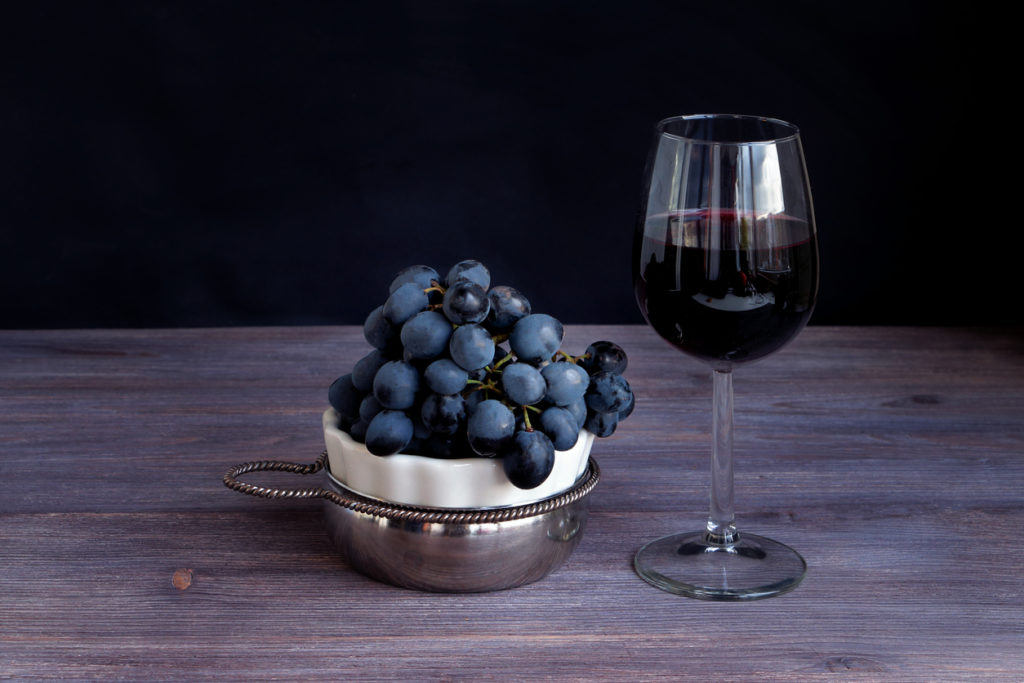
About Chianti Wine
Chianti wine is a red wine made from a blend of Sangiovese grapes and other red grapes. It originates from the Chianti region of central Tuscany, Italy.
The first documented mention of a “Chianti wine” dates back to the 13th-century. It`s one of the best Italian wines. Some of the most typical flavor notes include red fruits, red berries, dried herbs, balsamic vinegar, smoke, and game. The wine is typically dry and has medium-high acidity.
You serve it with traditional Tuscan cuisine dishes like crostini Toscani and ribollita, as well as steak and pasta courses. It is also a great wine to pair with meaty and savory foods, like pizza and burgers.
Chianti Classico is a more acidic and fragrant wine with spicy overtones throughout, containing more than 80% Sangiovese and fewer than 20% Colorino, Canailo Nero, Cabernet Sauvignon, or Merlot.
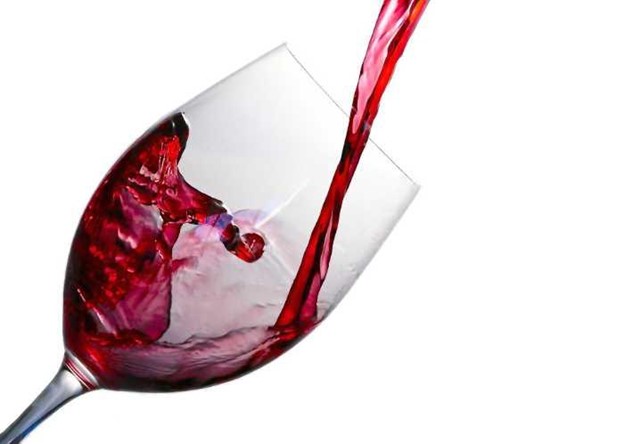
Chianti Classico – A Sangiovese rich wine is the most important wine from the Tuscany region. Only wines which come from the Chianti Classico areas or Chianti sub-zones are allowed to carry the name Chianti as well as the “gallo nero” (black rooster) on their label.
Wines Similar To Chianti: 6 Alternatives To Choose From
If you’re a fan of Chianti, then you’ll love these 6 wines from neighboring regions. From Tuscany to Piedmont, these Italian red wines are perfect for any occasion. Take a look at our delicious Chianti substitutes.
Brunello di Montalcino
This Chianti alternative is a wine that has been produced since the 12th century in Tuscany. The grapes are typically indigenous to hillside vineyards near Siena. Only Sangiovese grapes are allowed to be used for a Brunello di Montalcino. You can also find them at lower elevations around Brunella and Monteriggioni communes of the Arezzo region! This is a great Chianti substitute as it is based on the same grape.
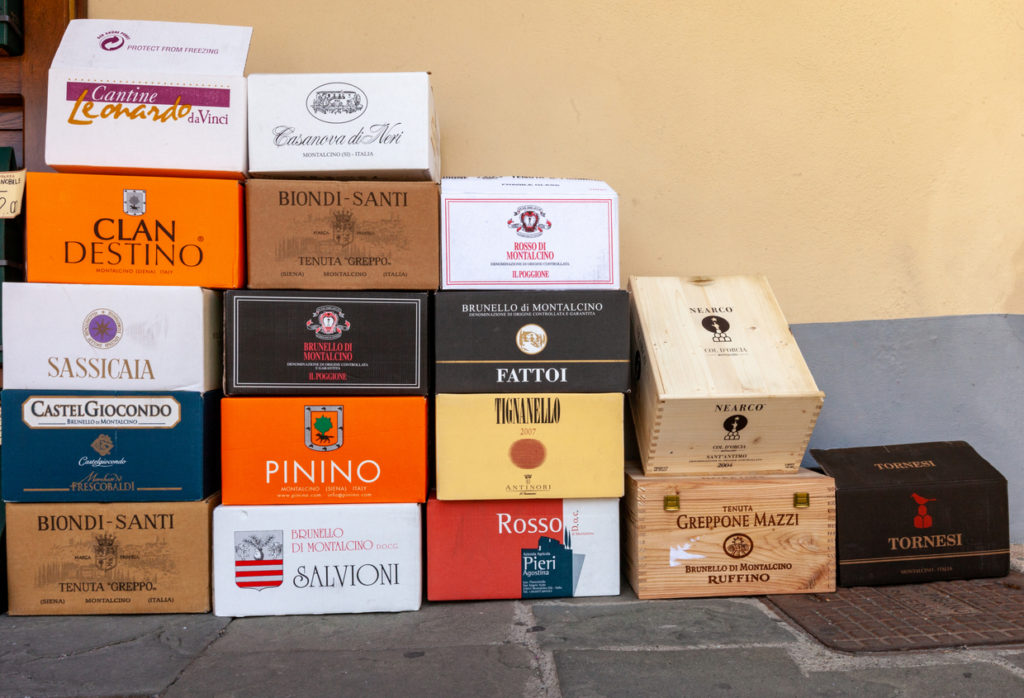
Brunello di Montalcino is a classic Tuscan wine made from the Sangiovese grape. It’s full-bodied and complex, with flavors of cherry, leather, and spice. Brunello di Montalcino is very popular in the USA as 1 out of 3 bottles of Brunello produced is sold there. Unfortunately Brunello di Montalcino wines are among the priciest wines in Tuscany. They are among the most popupalar substitutes for Chianti.
Vino Nobile di Montepulciano
Vino Nobile di Montepulciano is another Tuscan wine made from the Sangiovese grape. It’s lighter than Brunello di Montalcino and has aromas of red plum and earthy spice.
The wine is deep red and has a heavy, syrupy texture that slides easily down your throat. The flavor begins with sweet impressions of cherries before giving way to finish bold notes including raisins or dried fruits like blackberries.
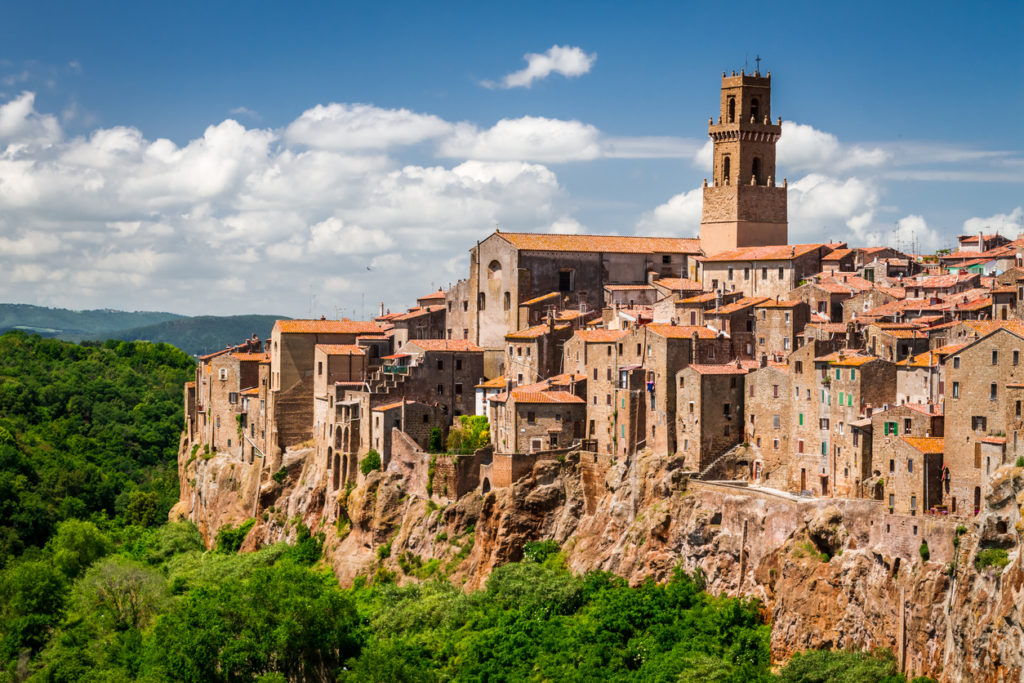
The main difference between a Brunello di Montalcino and a Vino Nobile di Montepulciano is that the Brunello is made exclusively out of Sangiovese grapes. The Montepulciano contains a minimum of 70 % of Sangiovese grapes and Canaiolo (up to 20 %), Colorino and Mammolo. This makes the Montepulciano wines a lot softer and smoother.
Valpolicella Ripasso
Valpolicella Ripasso is a blend of Corvina, Molinara, and Rondinella grapes from the Veneto region of Italy. It’s fruity with notes of ripe berries and an earthy finish.
Valpolicella is one of the most famous Italian wines. To get a “Ripasso” wine makers add young fermented Valpolicella wines to the pomace of the expensive Amarone. This initiates a second fermentation. and the wine adopts the rasin like and slighty bitter notes of the Amarone. This way the cheaper Valpolicella wines adopt part of the taste of the more expensive wine!
This specific variety is originally from Veneto. Wine makers all over Italy use this “ripasso-technique” to enrich young wines with rich flavors from stronger tasting wines. Amarone pomace is only used in the Veneto region. In other Italian wine regions pomace from stronger tasting expensive wines is used.
Barbera d’Asti
Barbera d’Asti is a red wine that comes from the Piedmont region of Italy.
The Barbera d’Asti is an animating, cool, dark fruity red wine with appetizing, juicy acidity and restrained, fine tannins. This distinguishes it from Barolo and Barbaresco, which have significantly stronger tannins. The fine wines from the region are ruby red, almost garnet in color and have an intense, fine bouquet. A wine of the Barbera d’Asti variety from certain old vineyards can easily compete with a Barbera d’Alba in terms of density and power. In terms of stature, he also surpasses many a lighter Nebbiolo.
Dolcetto d’Alba
In Italy there are several DOC regions for Dolcetto. The DOC Dolcetto d’Alba is located in Piedmont and covers about 900 hectares of vineyards. The central grape of the region is the Dolcetto grape. The vines are grow on sandy, calcareous and tufa-rich soils where the Dolcetto grape thrives. It produces a fruity, tannic red wine. The name comes from the fact that the grapes have a very sweet flesh. However, Dolcetto wine is less sweet than its name might suggest. Instead, it tastes very full-bodied and juicy with clear tannins and a slightly bitter aftertaste. It goes perfectly with Italian cuisine and also accompanies hearty dishes with bravura.
Gattinara
Gattinara is a red wine made from the Nebbiolo grape in the Piedmont region of Italy. It’s full-bodied with flavors of red fruit, spice, and leather. The wine that dreams are made of!
Nebbiolo grapes are the source of Gattinara wine. It`s famous for a slight earthy note and gentle flavors of tobacco, dried herbs and violets. Gattinara wine is a welcome and cheaper alternative to Barolo and Barbaresco wines which go back to similar grapes and a region close by.
Young wines have a light ruby colour which becomes clearer while the wine ages. It can take brick or even orange coloured notes.
A Gattinara wine needs to age for 35 months with 12 months in oak barrels to become a DOCG Gattinara. In addition the alcohol content must reach 12 volume % and for a riserva wine 13 %.
It pairs well with roasted meats, white truffel dishes due to its strong tannins. Gattinara wines are also a good match for parmigiano reggiano as well as other strong, mature hard cheeses.
Cabernet Sauvignon
For those seeking a change from the classic Chianti, Cabernet Sauvignon offers a bold and versatile alternative that can elevate any dining experience. With its robust tannins and rich flavors of black fruits, chocolate, and tobacco, Cabernet Sauvignon brings a depth and complexity that is sure to impress even the most discerning wine enthusiasts. Its ability to pair well with a wide range of dishes makes it a flexible option for any meal, whether enjoyed with hearty Italian fare or grilled meats.
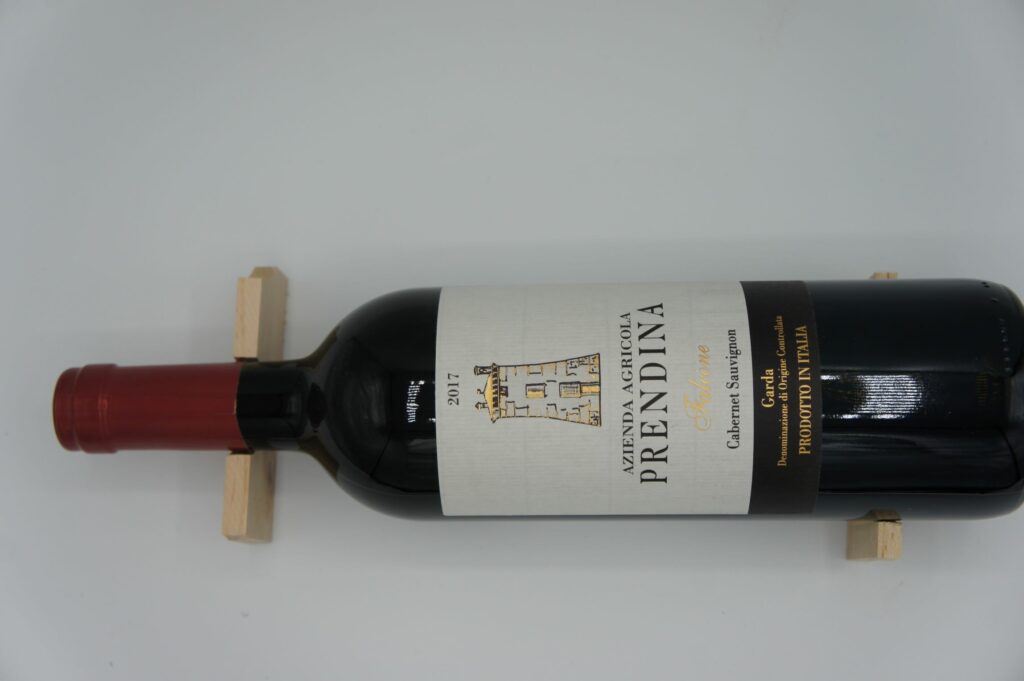
Furthermore, Cabernet Sauvignon’s global popularity means there is an abundance of options available at various price points, allowing for exploration beyond traditional Italian selections. This opens up opportunities to discover new producers and regions while enjoying the familiar satisfaction of a full-bodied red. By considering Cabernet Sauvignon as a Chianti substitute, wine lovers can embark on an exciting journey of exploration without sacrificing quality or enjoyment.
Chianti foodpairing
Chianti, the famous Italian wine from Tuscany, is a versatile beverage to pair with food. Whether you’re hosting an intimate dinner party for two or a large gathering of friends and family, Chianti will be sure to please your guests. With its bold flavors of black cherry and spice, it pairs well with a variety of dishes. Here are some tips on pairing Chianti with food for maximum flavor impact:
For lighter fare such as salads and veggie-based dishes, opt for light-bodied styles such as Sangiovese or Rosso di Montalcino. These wines have subtle notes of red fruit and floral aromas that can enhance the flavors in many light dishes without overpowering them.
| Wine | Varietal | Country | Food | Course |
|---|---|---|---|---|
| Red Wine | Chianti Classico | Italy | Osso Buco with fresh pasta | Main Course |
| Red Wine | Chianti Classico | Italy | Tomato Bruschetta with garlic and olive oil | Starter |
| Red Wine | Chianti Classico | Italy | Beef carpaccio | Starter / Main Course |
| Red Wine | Chianti Classico | Italy | Eggplant with parmesan | Starter / Main Course |
| Red Wine | Chianti Classico | Italy | Spaghetti Bolognese | Main Course |
| Red Wine | Chianti Classico | Italy | Lasagna | Main Course |
| Red Wine | Chianti Classico | Italy | Smoked Buffalo Mozarella | Cheese |
| Red Wine | Chianti Classico | Italy | Stir fried chinese noodles with vegetables | Main Course |
| Red Wine | Chianti Classico | Italy | Pork ribs with grilled figs | Main Course |
| Red Wine | Sangiovese, Chianti, Vino Nobile de Montepulciano | Italy | Venison filet with celery chips | Main Course |
| Red Wine | Sangiovese, Chianti | Italy | Tagliatelles Bolognese | Main Course |
| Red Wine | Sangiovese, Chianti | Italy | Lasagna Bolognese | Main Course |
| Red Wine | Chianti Classico | Italy | Lasagna, vegetable | Main Course |
Conclusion
There are many delicious red wines out there to explore and enjoy. But if you’re a fan of Chianti wines, then you’ll want to check out some of these superb Chianti alternatives. From Sangiovese-based wines to other Italian varietals, there’s plenty to choose from. So go ahead and expand your horizons (and your wine collection) with these fantastic wines.
Cheers!

